Top Tourist Attractions in Vietnam

Before planning a trip to Vietnam, you must do a lot of research to find out the top tourist attractions to visit. Among the top tourist attractions in Vietnam, iconic sites like Ha Long Bay, the Imperial City of Hue, and the historic Old Quarter of Hanoi are must-sees. Thanks to such a huge stretch from the North to the South, over 3200 kilometers, crossing various topographies, Vietnam holds in itself a collection of mountains, deltas, rivers, caves, lagoons, ocean, canals, hills. Vietnam Travel lists top destinations below which shows the best features of the country.
Table of Contents
1. Ha Long Bay
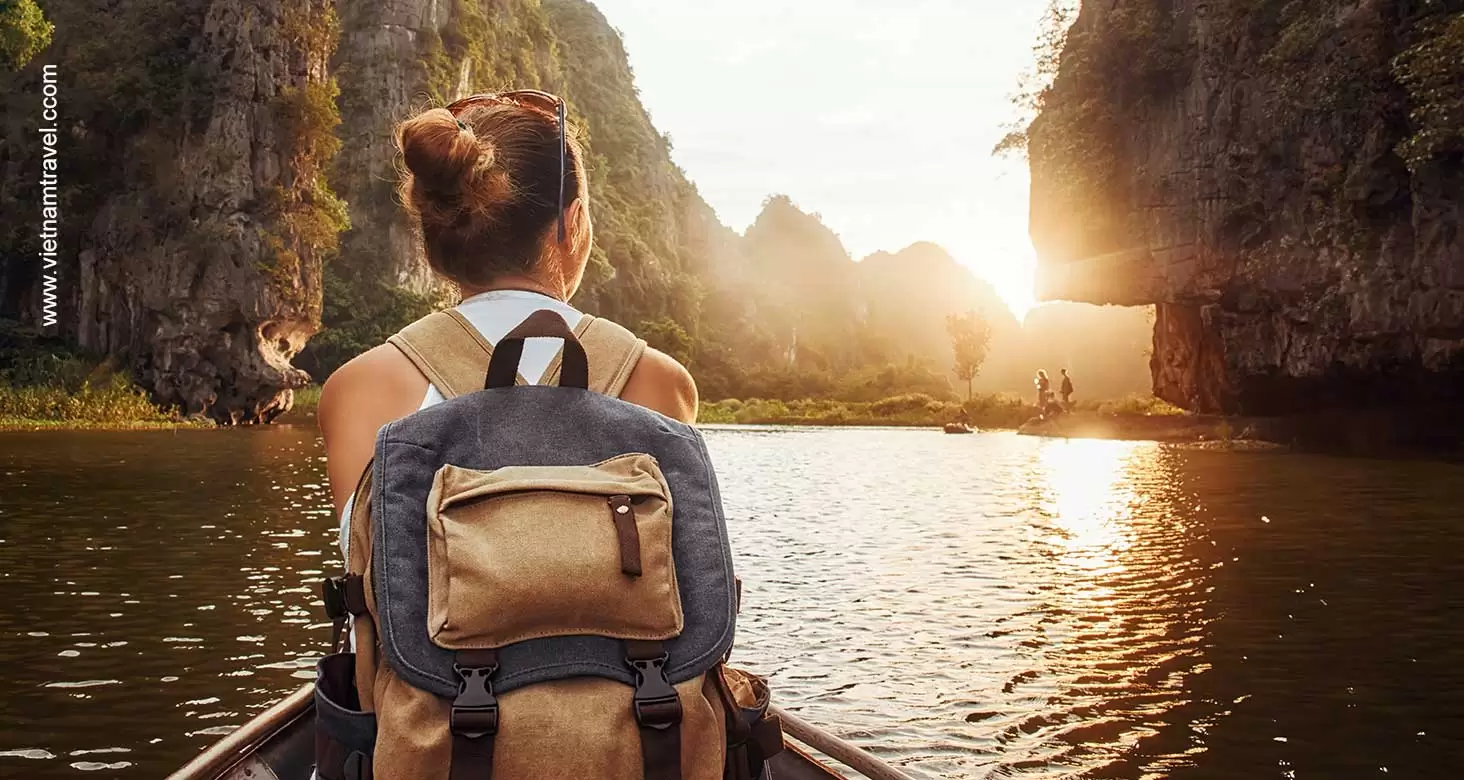
Leading the chart of the top tourist attractions in Vietnam should not be something else but the sensational Ha Long Bay. The UNESCO World Heritage Site added another sight to see in their list presenting the world’s most spellbinding karst seascape, Ha Long Bay even twice. One was in 1991 and the other one was in 1998. Situated along the Gulf of Tonkin, there lies thousands of limestone islands scraped away by nature into breath-taking rock formations. It is highly recommended to spend an overnight tour to fully appreciate the iconic views this site has to offer.
The best times to visit Halong Bay are during the spring (March to May) and autumn (September to November) when the weather is mild and dry, providing ideal conditions for exploring the bay’s iconic limestone islands and enjoying outdoor activities.
If you’re interested in immersing yourself in the local culture, consider timing your visit to coincide with one of the region’s vibrant festivals or events. The Halong Carnival, held annually in late April or early May, is a lively celebration featuring street parades, traditional music and dance performances, and delicious local cuisine.
To fully appreciate the wonders of Halong Bay, an ideal duration of stay is 2-3 days. This allows ample time to embark on a cruise through the bay, exploring its hidden caves, secluded beaches, and floating villages. Additionally, you’ll have the opportunity to participate in various activities such as kayaking, hiking, and visiting nearby attractions like Cat Ba Islands.
Speaking of top activities, a Halong Bay cruise is an absolute must-do. These multi-day cruises offer the chance to witness the bay’s incredible scenery up close while indulging in luxurious amenities. Other popular activities include exploring the mystical caves like Sung Sot Cave, Thien Cung Cave, hiking to scenic viewpoints like Ti Top Island, and participating in water sports like kayaking or swimming in the bay’s emerald waters. Additionally, don’t miss out on discovering the fascinating things to do in Halong City, such as visiting local markets, enjoying fresh seafood, and experiencing the vibrant nightlife.
2. Hanoi
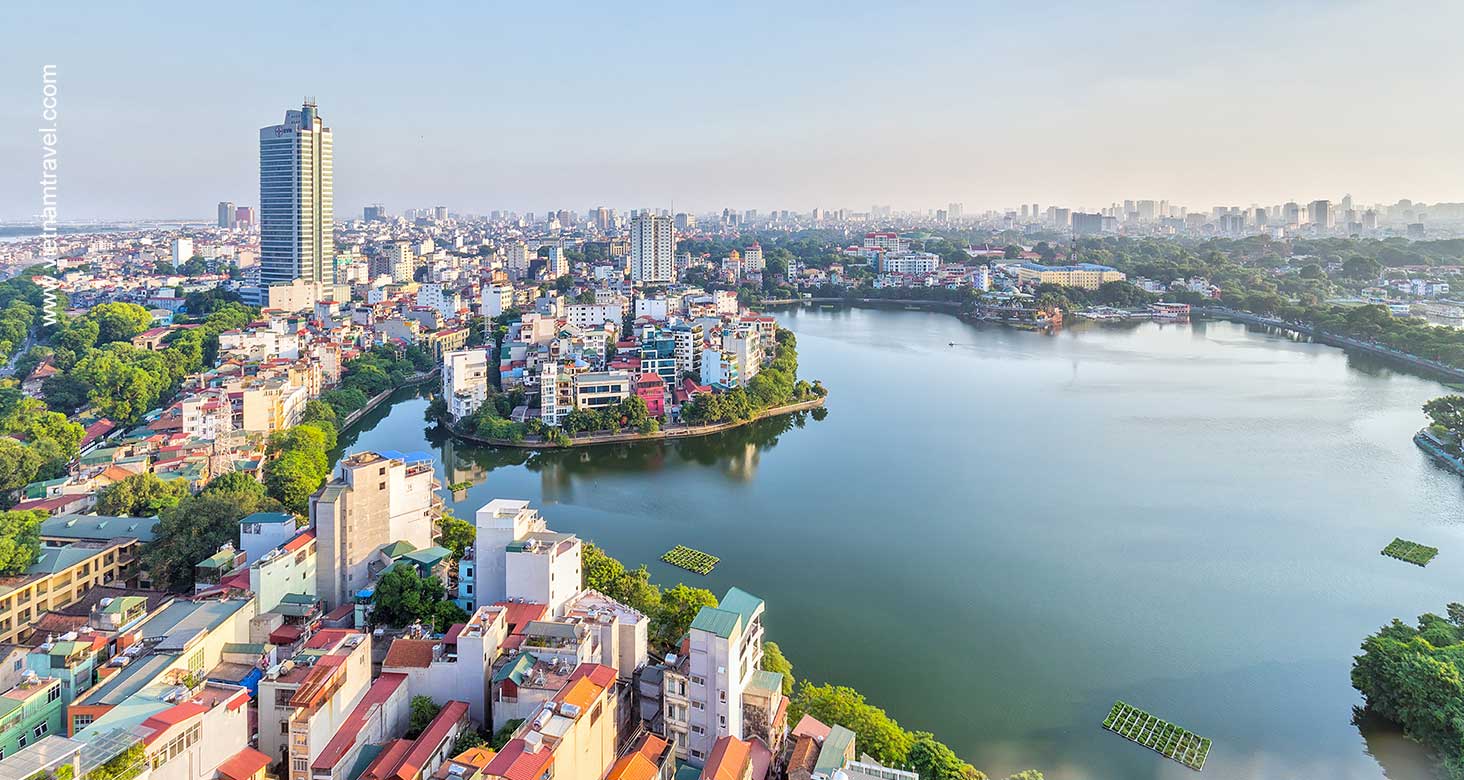
Hanoi, the capital of Vietnam, attracts millions of visitors each year. Hanoi has a long history of 1000 years of culture and civilization that attracts visitors of its old age. Traveling to Hanoi, you cannot miss Long Bien Bridge (over 100 years old), Hoa Lo Prison (Hilton House), Temple of Literature, Bat Trang pottery village, Hoan Kiem Lake, Ngoc Son Temple and many different kind of museums such at Vietnam museum of Ethnology, Vietnam Fine Art Museum, etc. Besides, Hanoi Old Quarter is a favorite place of many travelers.
The best times to visit Hanoi are during the spring (March to May) and autumn (September to November) when the weather is pleasant, with warm days and cool evenings. If you’re seeking to immerse yourself in the city’s vibrant cultural tapestry, consider timing your visit to coincide with one of Hanoi’s iconic festivals, such as the Lunar New Year celebrations or the Mid-Autumn Festival, both of which showcase traditional music, dance, and culinary delights.
To fully experience the city’s charm, an ideal duration of stay in Hanoi is 3-4 days. This allows ample time to explore its historic Old Quarter, visit iconic landmarks like the Temple of Literature and Ho Chi Minh Mausoleum, and indulge in the city’s renowned street food scene. Top activities in Hanoi include taking a cyclo tour through the bustling streets, attending a traditional water puppet show, exploring the Imperial Citadel of Thang Long, and embarking on a day trip to the picturesque Ninh Binh province, renowned for its stunning karst landscapes. Don’t miss out on discovering the diverse range of things to do in Hanoi, from exploring ancient temples to sampling local delicacies in bustling markets.
3. Sapa
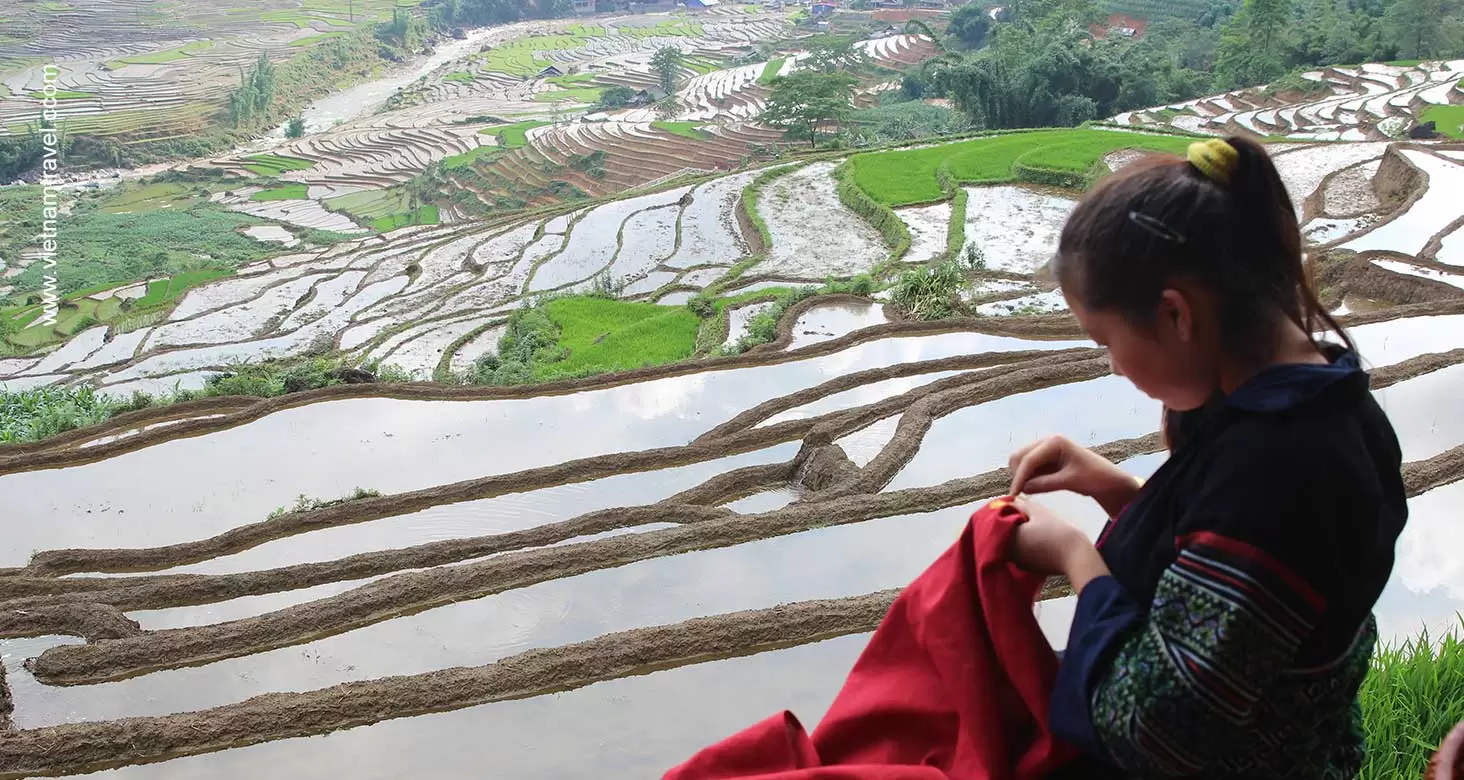
Sapa is located in Lao Cai Province, about 350 km northwest of Hanoi, close to the Chinese border. Traveling to Sapa to discover the north mountainous area of Vietnam with the Hoang Lien Son range of mountains, which includes Fan Si Pan—the country’s highest peak. In Sapa, you can both enjoy the beauty of nature with stunning mountains, colorful paddy fields and experience our various culture of H’Mong ethnic minority. Here, travelers can spend their time hiking in the villages of Cat Cat, Y Linh Ho, Lao Chai and Ta Van Villages. If, you love to discover the remote village where less tourist travel, you can go to Can Cau Village to visit local market and Love market as well. After all, your memories to Sapa would be filled with the exotic cuisine, the colorful costumes of the ethnic minorities and the stunning of nature.
The best times to visit Sapa are during the spring (March to May) and autumn (September to November) when the weather is mild and dry, providing ideal conditions for trekking and enjoying the town’s picturesque landscapes.
If you’re interested in immersing yourself in the local culture, consider timing your visit to coincide with one of Sapa’s vibrant festivals or events, such as the Bac Ha Sunday Market or the Gau Tao Festival, where you can witness traditional dress, music, and dance performances by the region’s ethnic minority groups.
To fully appreciate the wonders of Sapa, an ideal duration of stay is 3-4 days. This allows ample time to embark on guided treks through the verdant rice terraces and visit remote hill tribe villages, as well as explore the town’s charming French colonial architecture and bustling markets.
Top activities and things to do in Sapa include trekking through the breathtaking Muong Hoa Valley, visiting the Love Waterfall and Bamboo Forest, exploring the Bac Ha Sunday Market for traditional handicrafts and textiles, and indulging in local delicacies like Thang Co (a unique sour soup). Additionally, adventurous travelers can partake in thrilling experiences like a Mt. Fansipan climb or a motorbike tour through the winding mountain roads.
4. Ninh Binh
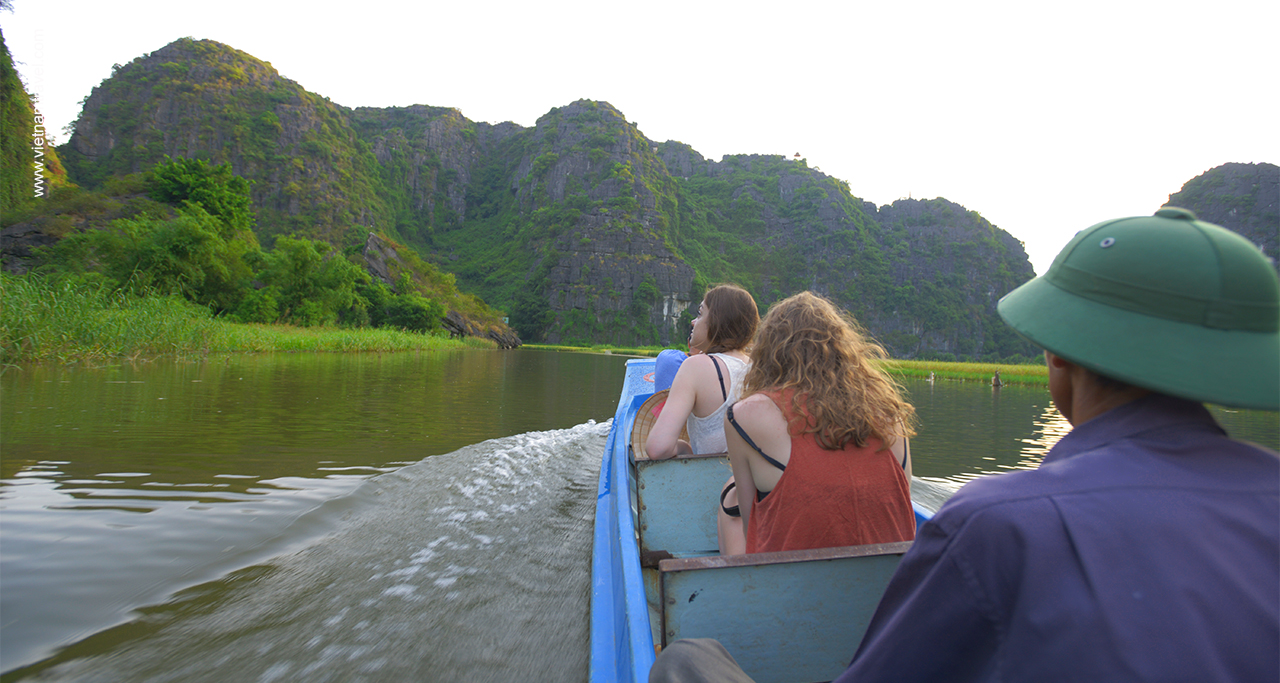
If Ha Long Bay is the rocky limestone destination in the northern far seas, then Ninh Binh is would be the equivalent on the mainland. Located around 95km south of Hanoi, Ninh Binh and its’ neighboring area Tam Coc are filled with similar sights from the emerald green waters of Ha Long Bay. Being the perfect place to start an adventure around Vietnam and Cambodia, Nan Binh is a favored spot for tourists to post on social media, especially for its natural and untouched beauty.
In addition to the captivating natural features that Ninh Binh has to offer, the city is known to be the ancient capital of feudal Vietnam during the 11th century under the Dinh and the Early Le Dynasties. A two-day trip all around Ninh Binh would give you an ideal insight into how the ancient Vietnamese once ruled their country against the major outside force from China.
The best times to visit Ninh Binh are during the spring (March to May) and autumn (September to November) when the weather is pleasant and dry, providing ideal conditions for exploring the region’s iconic limestone landscapes and enjoying outdoor activities.
To truly appreciate the wonders of Ninh Binh, an ideal duration of stay is 2-3 days. This allows ample time to explore the breathtaking Trang An Landscape Complex, a UNESCO World Heritage Site renowned for its stunning karst formations, caves, and tranquil waterways, as well as visit nearby attractions like the ancient capital of Hoa Lu and the stunning Bai Dinh Pagoda complex.
Top activities and things to do in Ninh Binh include taking a mesmerizing boat tour through the limestone karst formations of Trang An, exploring the ancient temples and citadels of Hoa Lu, embarking on a cycling adventure through the picturesque countryside and rural villages, and indulging in the local cuisine, which features unique dishes like goat meat and specialties from the nearby Cuc Phuong National Park.
Read more: Ninh Binh Travel guide
5. Phong Nha – Ke Bang National Park, Quang Binh
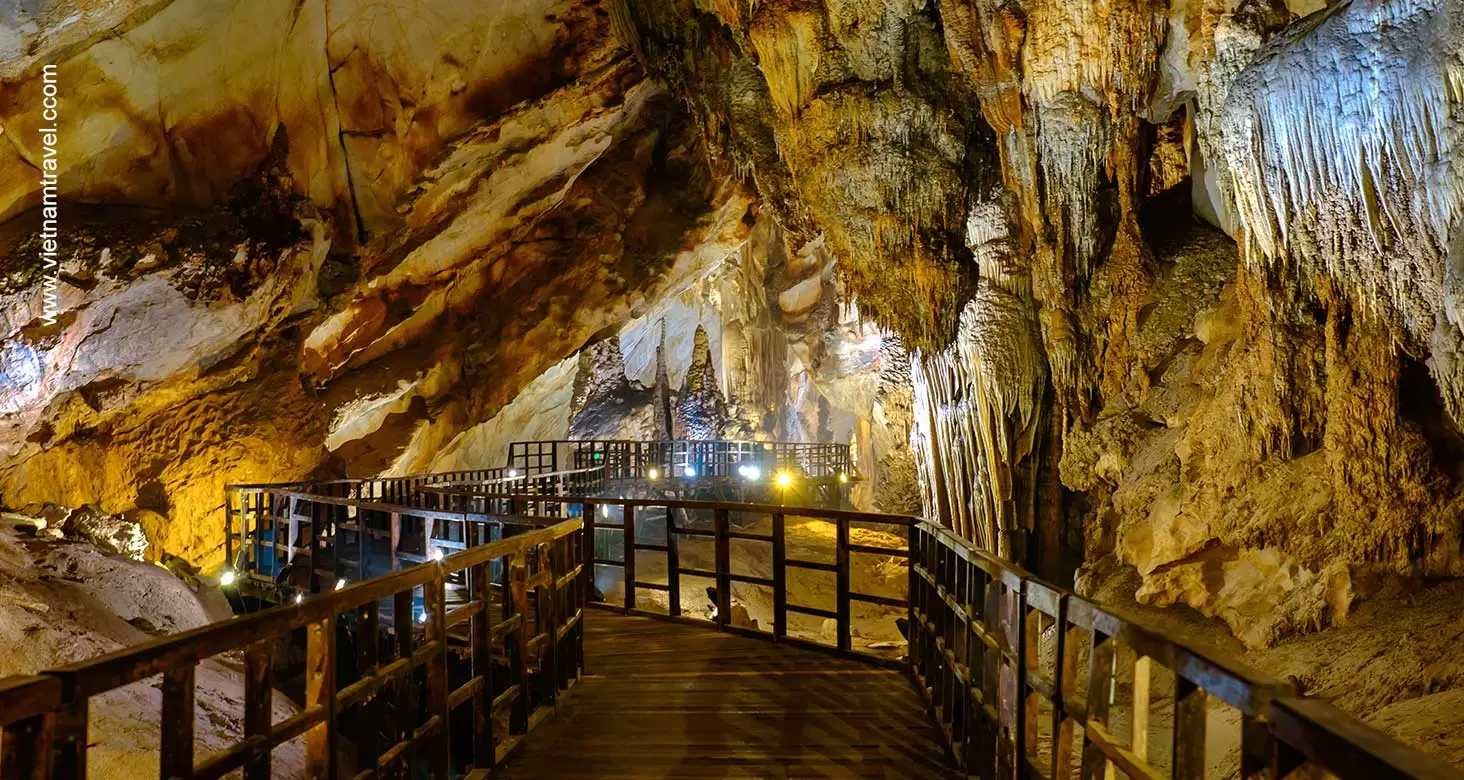
Located in Quang Binh province, central Vietnam, this mysterious land is endowed with breathtaking landscape of limestone mountain ranges, wild forests and stunning rivers. This place which is recognized by UNESCO World Heritage Site in 2003, famous for the largest cave in the world with whole ecosystems and forests within, called Son Doong cave. Son Dong cave is 5km long, 200m high and 150m wide. But it is not Son Dong, with more than 300 caves, many waterways, mountains and forests, Phong Nha – Ke Bang national park is now a famous destination for tourists from all over the world to trekking, hiking, cycling and kayaking.
Adventure awaits year-round in Phong Nha – Ke Bang National Park, but the dry season (March-August) offers ideal conditions for exploring. Hike through lush rainforests, delve into the world’s largest caves, or kayak on crystal-clear rivers. Aim for a stay of 2-3 days to experience the park’s highlights, like Paradise Cave or Phong Nha Cave. Don’t miss a boat trip down the Son River for a truly unforgettable experience!
6. Hue citadel
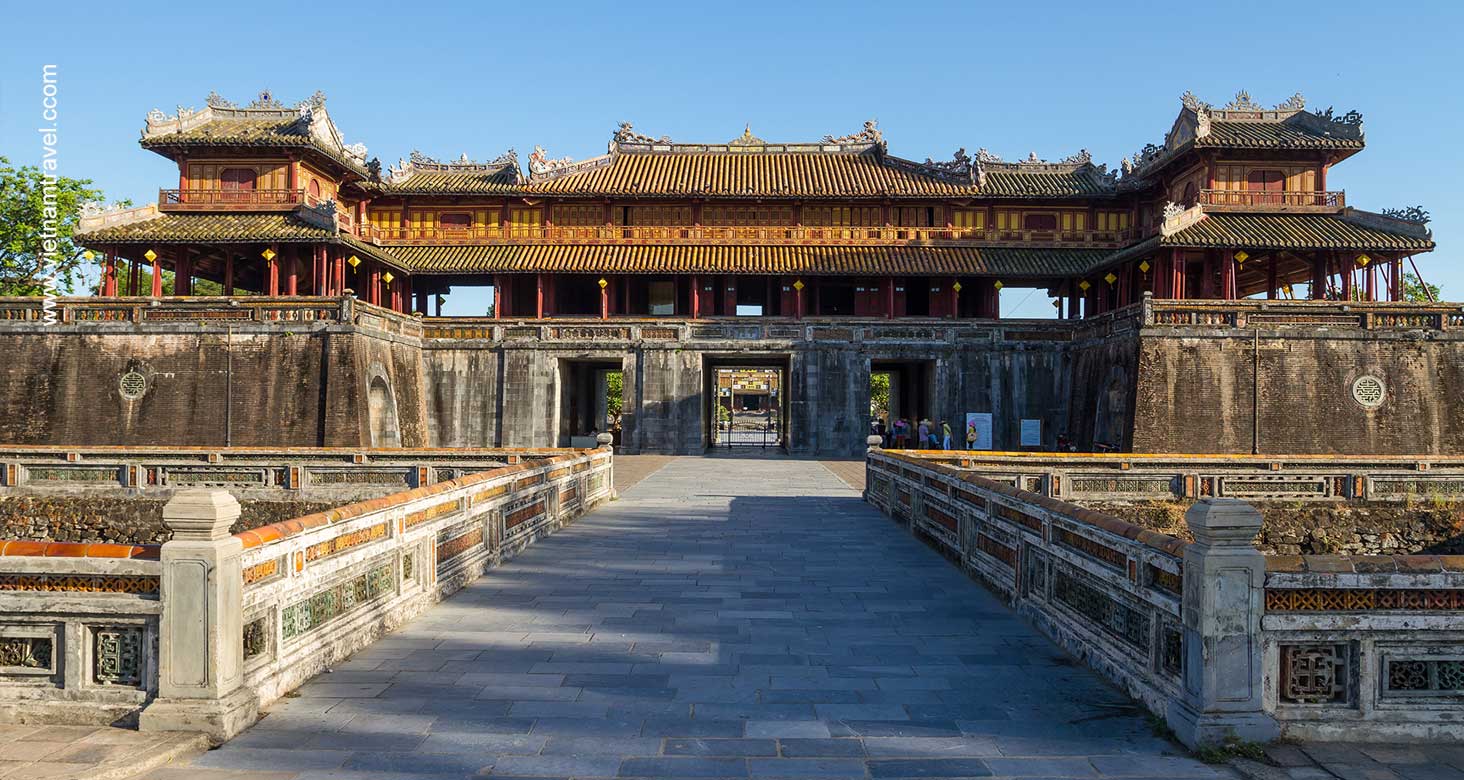
Knowing as the place of the last reign – Nguyen dynasty, Hue is considered one of Vietnam’s most historic towns and the former imperial capital of the country. The emperor’s residence, palaces, and temples are some of the historic sites left standing inside walls of the Imperial Enclosure that spans for around 2.5km along the Perfume River. Other landmarks are the citadel’s main entrance, the Ngo Mon Gate, the Thai Hoa Palace with its intricate interiors, Dien Tho Residence which serves as the Queen Mothers’ chambers and lastly the Hall of Mandarins housing its’ well-preserved ceiling murals.
Hue, Vietnam’s former imperial capital, is best explored during the dry season (February-August) when skies are clear and temperatures comfortable. History buffs will be enthralled by the city’s vibrant past, evident in its magnificent Hue Imperial Citadel and royal tombs. Hue also boasts a rich festival scene, with the Hue Festival offering a spectacular display of traditional performances and colorful parades. To fully appreciate Hue’s imperial charm and cultural treasures, a 2-3 day stay is ideal. Don’t miss a boat trip on the Perfume River, exploring bustling local markets, and indulging in Hue’s renowned royal cuisine.
7. Da Nang
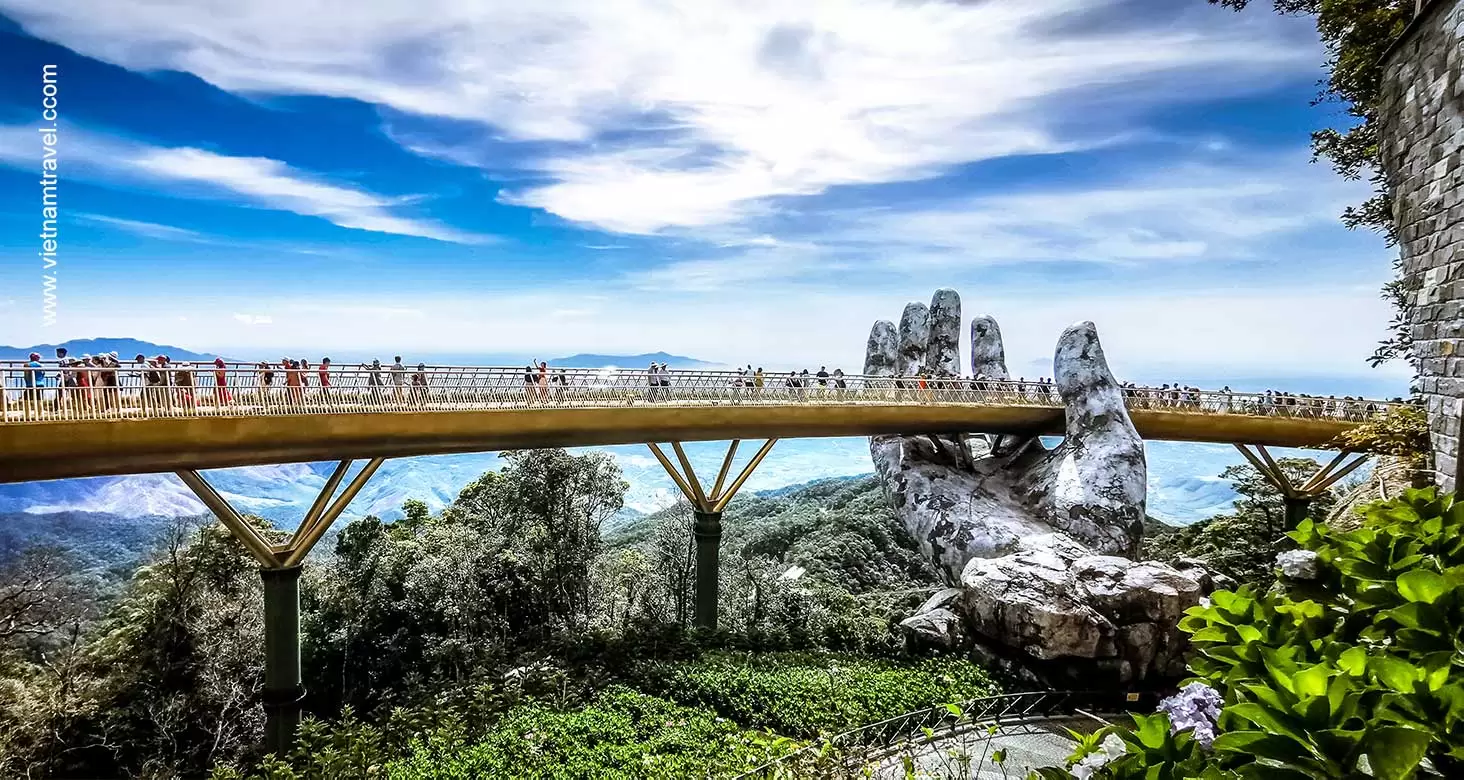
Da Nang will surprise you by its modern, cleanness and nature. Da Nang has so many things to offer from Hai Van Pass, Marble Mountain, Ba Na hills to the Golden bridge. The fresh and beautiful white sand beach also Nang are also one of the reasons to hold tourist stay longer at this city. The amazing traditional food here is also one thing visitors could not resist.
Da Nang’s charm unfolds throughout the year, but the best time to visit depends on your preferences. For sunshine and warm seas ideal for swimming and lounging on the beach, April to August offers the most pleasant weather. This peak season coincides with the Da Nang International Fireworks Festival, a dazzling spectacle that usually takes place in April or May (check specific dates as they follow the lunar calendar).
If you prefer smaller crowds and don’t mind occasional rain showers, consider visiting during the shoulder seasons (September to November and March to May). You might even snag some travel bargains during this time. Three to five days is a good amount of time to explore Da Nang’s beaches, historical sites, and surrounding attractions. If you’re planning day trips to Hoi An or My Son Sanctuary, factor those into your itinerary.
Top activities in Da Nang include relaxing on pristine beaches like My Khe Beach, exploring the Marble Mountains with their stunning caves and pagodas, and getting a dose of history at the Museum of Cham Sculpture. Adventure seekers can try surfing or scuba diving, while foodies will delight in Da Nang’s fresh seafood and flavorful central Vietnamese cuisine.
8. Hoi An
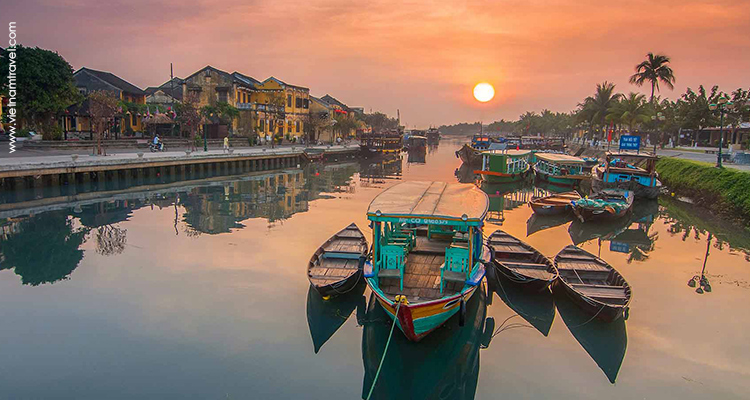
Hoi An is the place where not only attracting newcomers but also encouraging many tourists to come back again. It is famous for being an ancient town where the rustic yellow-walled tubed buildings line up. The town was built and developed by the Japanese, Chinese and Vietnamese in which the Chinese architecture is the main theme throughout the whole site. The most sought-after destinations are the Thanh Ha Pottery Village, Tra Que Herb Village, and Kim Bong Carpentry Village. Besides, there are plenty of restaurants with lots of variety at cheap price, the night markets are great and the people are lovely. It truly is a paradise for visitors to go and explore.
The dry season (February to August) offers sunshine, warm temperatures, and minimal rain, making it ideal for sightseeing and outdoor activities. However, this coincides with peak tourist season. For pleasant weather with fewer crowds, consider the shoulder seasons (March to May or September to November). March to April boasts comfortable temperatures and coincides with the Full Moon Lantern Festival, transforming Hoi An into a magical spectacle with glowing lanterns illuminating the Thu Bon River.
Throughout the year, Hoi An comes alive with vibrant festivals. The Full Moon Lantern Festival, held on the 14th day of each lunar month, is a must-see, while the larger Festival of Lights in February celebrates Vietnamese traditions with lantern displays and performances.
2-3 days is a good amount of time to explore Hoi An’s captivating ancient town, with its well-preserved architecture, tailor shops, and Japanese Covered Bridge. Foodies can delve into Hoi An’s culinary scene, while beach lovers can relax on nearby Cua Dai Beach. If you’re planning day trips to My Son Sanctuary or Da Nang, factor those into your itinerary.
Discover the enchanting streets of the ancient town, a UNESCO World Heritage Site. Get custom clothing made by skilled tailors, a Hoi An specialty. Take a boat ride on the Thu Bon River, adorned with colorful lanterns at night. Learn about Hoi An’s history at museums like the Fukian Assembly Hall and the Tan Ky House. Relax on the pristine sands of Cua Dai Beach or try water sports. In the evening, take a boat trip and release floating lanterns, a beautiful local tradition. Don’t forget to explore the vibrant things to do in Hoi An, including sampling delicious local cuisine and participating in traditional lantern-making workshops.
9. Ho Chi Minh City (Saigon)
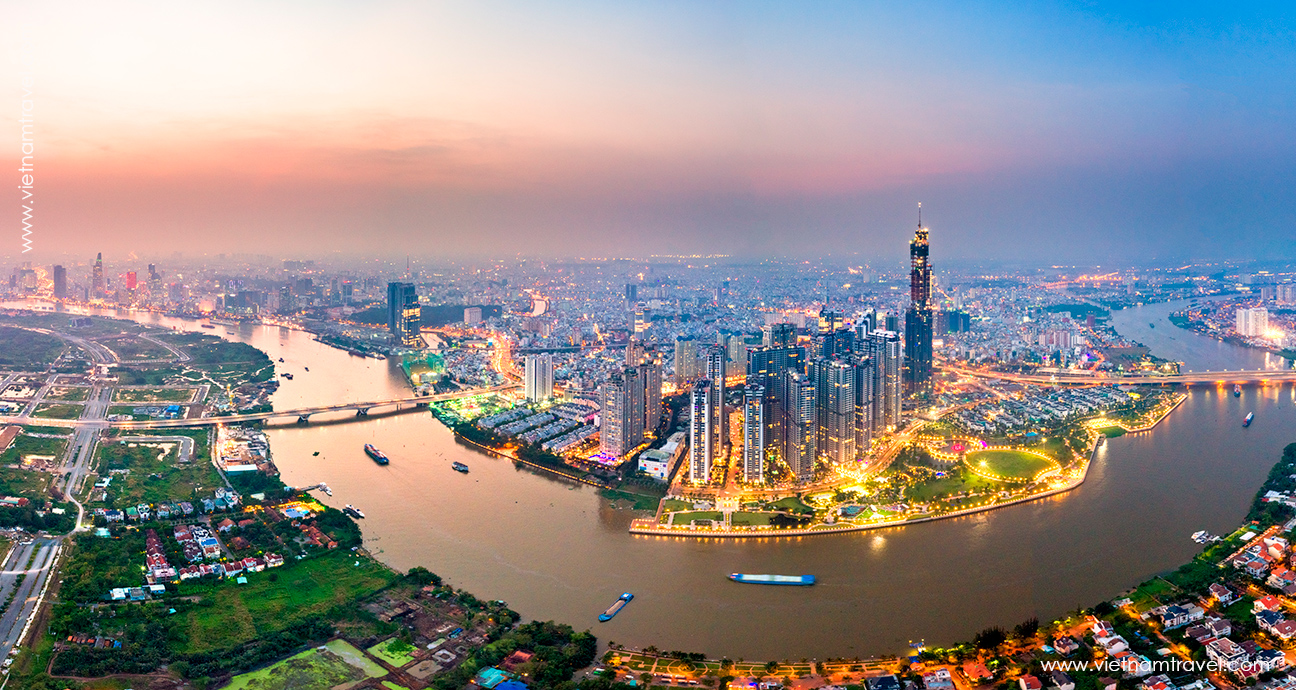
Saigon – Ho Chi Minh City is such a young and modern city born and raised for roughly over 300 years. Traveling here, you will see the attractions influenced by the French-era architecture such as Vietnam’s own Notre Dame Cathedral, the War Remnants Museum, and Ben Thanh Market. The Central Post Office, Reunification Palace are also visited by travelers.
Let’s not stop here, Sai Gon by night attracts you by its vibe and personal charming, please wander around Bui Vien streets, or taste local cuisine such as Huynh Hoa Bread (Banh my Huynh Hoa), Sauce Noodle (Bun mam), Nam Vang vermicelli (Hu tieu Nam Vang), Crab noodle (Banh canh cua), grilled pork noodle (bun thit nuong0, etc. Ho Chi Minh is also as a stop-over for tourists of they want to visit Mekong Delta, Cu Chi Tunnel, Cao Dai temple, Vung Tau and the other southern provinces.
The ideal time to visit Ho Chi Minh City is during the dry season from December to April, when the weather is most pleasant, offering clear skies and comfortable temperatures for exploring the city’s vibrant streets and historical landmarks.
The city’s calendar is dotted with cultural festivals and events, such as the exuberant Tet Festival in January or February, where the city bursts into celebrations of the Lunar New Year Attending this festival is a unique opportunity to immerse yourself in local traditions and witness the city at its most festive.
For travelers wondering about the ideal duration of stay, three to four days are recommended to fully experience the city’s top attractions and hidden gems. This allows ample time to delve into the rich history at the War Remnants Museum, marvel at the architectural wonder of the Notre-Dame Cathedral Basilica of Saigon, and indulge in the culinary delights of street food tours in District 4.
Discover the best things to do in Ho Chi Minh City, from exploring iconic attractions like the Ben Thanh Market and the Reunification Palace to immersing yourself in the vibrant atmosphere of the city’s night markets. Indulge in local delicacies, shop for souvenirs, and soak in the bustling energy of places like Binh Tay Market in Chinatown. Additionally, experience the charm of Nguyen Hue Street at night, lined with dazzling lights and bustling cafes, offering a perfect blend of culture and entertainment.
Incorporating these elements into your itinerary will ensure a memorable journey through the heart of Vietnam’s most dynamic city, where traditional charm meets modern vitality. Whether you’re a history buff, food enthusiast, or simply in search of adventure, Saigon’s warm embrace has something for everyone.
10. Phu Quoc
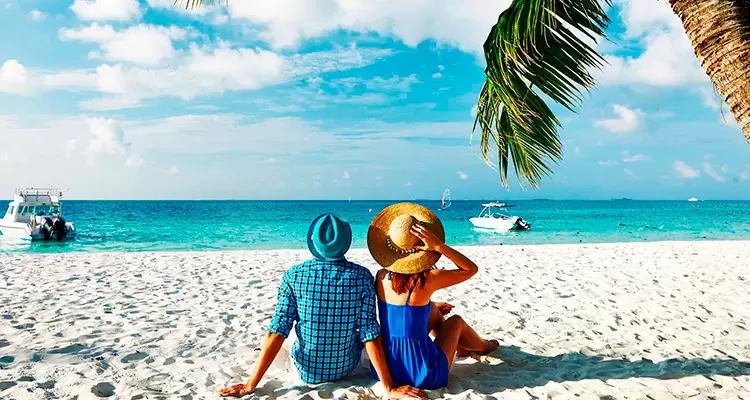
Unlike Bali or Thai Lan, Phu Quoc is an isolated tropical island located down South of Vietnam with 150km of coast in which you can reach there by plane at Phu Quoc International Airport. Phu Quoc is well known with many white sandy beaches and a perfect combination from mountain to forest and sea. With such a balmy weather, Phu Quoc is a good choice for all travelers who love nature and seek for a place to balance sightseeing and beaches. You can spend your time at your luxury resort or walk along the sandy beach to enjoy the fresh air or dipping yourself under the fresh green water of the sea. At the end of the day, Phu Quoc will end up with the colorful sky to complete your day with such a customized romantic dinner next to the beach. Travelling to Phu Quoc will bring you pleasant and relaxed.
The best times to visit Phu Quoc are from October to April, when the weather is dry with little rain, perfect for beach activities and exploration. This period also includes the peak tourist season, so for those seeking a quieter experience, the shoulder seasons of April to June or October provide a more tranquil atmosphere.
The island’s vibrant culture comes to life with festivals and events that are not to be missed. From the traditional Tet Festival celebrating the Lunar New Year to the Viet Traditional Music Festival, these cultural showcases offer a deep dive into the island’s rich heritage.
For an ideal visit, 2 to 5 days in Phu Quoc allow for a comprehensive experience, giving you enough time to explore the central town of Phu Quoc Islands, the serene Phu Quoc beaches likes Khem beach, Sao beach, Long beach, the bustling south, and the untouched eastern part of the island.
Top activities in Phu Quoc include exploring the Phu Quoc National Park, lounging on the pristine Sao Beach, and indulging in the tranquility of Khem Beach. For adventure seekers, snorkeling, scuba diving, and trekking are among the must-do activities. Whether you’re looking to immerse yourself in nature, enjoy the local cuisine, or simply relax on the beach, Phu Quoc caters to all desires, making it a must-visit destination on your Vietnam journey.
Places to Visit in Vietnam Off the Tourist Trail
While Ha Long Bay and Hoi An hold undeniable charm, Vietnam offers a treasure trove of experiences beyond the usual tourist haunts. For those seeking an authentic and off-the-beaten-path adventure, here are a few hidden gems waiting to be discovered:
- Cao Bang: Venture further north to Cao Bang, a land of untouched beauty. Explore the Ban Gioc Waterfall, the country’s most impressive cascade, or delve into the mystique of the Pac Bo Cave, a historical landmark significant to Ho Chi Minh president.
- Ha Giang Loop: Nicknamed Vietnam’s “final frontier,” Ha Giang is a motorbiker’s paradise. Dramatic mountains pierce the clouds, while winding roads snake through emerald rice terraces cultivated by ethnic minorities. Here, immerse yourself in a simpler way of life and witness breathtaking scenery.
- Ba Be National Park: Venture deeper south to Ba Be National Park, a UNESCO Biosphere Reserve. Kayak or boat on the Ba Be Lake, surrounded by towering limestone pillars, and trek through the surrounding jungle, encountering hidden waterfalls and diverse wildlife.
- Pu Luong Nature Reserve: Escape the urban bustle in Pu Luong, a nature reserve boasting dramatic limestone cliffs, cascading waterfalls, and lush valleys. Trek through pristine forests, explore hidden caves, and experience the warm hospitality of the Thai ethnic group in their traditional stilt houses.
- Rural Reverie: Mai Chau – Nestled amidst rice paddies and limestone mountains, Mai Chau offers a glimpse into rural Vietnamese life. Embrace the tranquility of this region, dotted with traditional villages built on stilts. Participate in a homestay with a local family, learning about their way of life and savoring homemade delicacies. Explore the surrounding countryside by bike, soaking in the breathtaking scenery and the warmth of Vietnamese hospitality.
- Quy Nhơn: Trade the throngs of Hoi An for the laid-back charm of Quy Nhơn. Relax on pristine beaches, snorkel in coral reefs teeming with life, and explore the ancient towers of the Cham civilization. This coastal gem offers a slower pace and a glimpse into Vietnam’s fascinating past.
- Dak Lak Province– Immerse yourself in the vibrant culture of Vietnam’s Central Highlands. Dak Lak is home to numerous ethnic minorities, each with unique customs and traditions. Visit colorful communal longhouses, witness the fascinating Elephant Race Festival, and learn about the indigenous coffee production process. Explore rolling hills dotted with coffee plantations and waterfalls cascading down into emerald valleys.
- Kon Tum: Nestled in the Central Highlands, Kon Tum boasts a unique cultural tapestry. Explore the vibrant culture of Kon Tum by visiting the colorful communal houses of the Bahnar ethnic group.
- Con Dao Islands – Secluded in the southern reaches of Vietnam, the Con Dao Islands offer a pristine island retreat. This archipelago, once a French penal colony, is now a protected national park. Explore untouched beaches, pristine coral reefs teeming with marine life, and lush rainforests. Kayak through hidden lagoons, delve into the islands’ war-torn history, or simply relax on deserted shores.
- Cat Tien National Park – Swap bustling cityscapes for the tranquil embrace of Cat Tien National Park. Explore a vast network of evergreen forests, home to endangered species like the elusive gibbon and the majestic Asian elephant. Hike through the park’s diverse ecosystems, or join a guided night safari to witness the nocturnal wonders of the jungle.
- Tram Chim National Park: Trade bustling Ho Chi Minh City for the serene Tram Chim National Park. Glide through the flooded forests in a traditional boat, spotting a myriad of bird species, including the elusive Vietnamese Pheasant.
- Mekong Delta’s An Binh Island: Ditch the crowds and embrace the tranquility of An Binh Island. Cycle along scenic canals lined with coconut palms, visit traditional fishing villages, and witness the unique ecosystem of the Mekong Delta firsthand. Savor fresh seafood dishes and immerse yourself in the simple charm of rural Vietnam.
This is just a glimpse into Vietnam’s hidden treasures. By venturing off the beaten path, you’ll discover a more authentic Vietnam, forge unforgettable memories, and gain a deeper appreciation for its rich culture and breathtaking landscapes.
Some Information and travel tips when travelling in Vietnam:
- Vietnam is generally considered safe for travelers, with low levels of crime and violence. However, it’s always wise to take precautions, such as being aware of your surroundings, avoiding deserted areas at night, and safeguarding your valuables.
- The currency in Vietnam is the Vietnamese Dong (VND). The amount of spending money you’ll need depends on your travel style, but a reasonable budget for a 10-14 day trip can range from $500 to $1,500 or more, depending on your accommodation preferences and activities.
- The best time to visit Vietnam varies based on the region you plan to visit and your personal preferences. Generally, the dry seasons from November to April and May to August are considered ideal for travel, with cooler and drier weather conditions.
- To fully experience and enjoy Vietnam, it is ideal to allocate 10-14 days for your trip. A suggested itinerary could include spending a few days each in the bustling cities of Hanoi and Ho Chi Minh City, exploring the UNESCO World Heritage sites of Halong Bay and Hoi An, immersing yourself in the stunning landscapes of Sapa, and perhaps venturing to the vibrant coastal cities of Danang and Hoi An. Additionally, you might consider exploring the Mekong Delta for its unique riverine culture, or unwinding on the beautiful beaches of Phu Quoc Island.
- The cost of your trip to Vietnam depends on various factors depending on your choices and itinerary. Prices can be lower if you opt for locations that are nearby and require less air travel. For instance, a one-week trip usually costs around $800 for one person or $1300 for two people, covering accommodation, food, local transportation, and sightseeing. However, a longer trip spanning 10-14 days can range from $1000 to $3000 per person or more, depending on factors such as accommodation choices, transportation, activities, and dining preferences.
- Local transportation options in Vietnam include buses, trains, taxis, ride-sharing services like Grab, and motorbike rentals. For longer distances, domestic flights or overnight trains are convenient and affordable.
- Some essential Vietnamese phrases to know include: “Xin chào” (Hello), “Cảm ơn” (Thank you), “Không” (No), “Vâng” (Yes), and “Bao nhiêu tiền?” (How much?). Learning a few basic phrases can go a long way in making your travel experience smoother.
- Some of the best places to shop in Vietnam include the bustling markets of Hanoi’s Old Quarter, Ho Chi Minh City’s Ben Thanh Market, and the tailor shops in Hoi An, where you can get custom-made clothing at reasonable prices.
- Vietnamese cuisine is renowned for its fresh ingredients, bold flavors, and harmonious balance of herbs, vegetables, and proteins. Popular dishes include pho (noodle soup), banh mi (Vietnamese sandwiches), and spring rolls, among many others.
- Getting a visa for Vietnam is relatively straightforward for most nationalities. All countries are eligible for an e-visa or visa on arrival, which can be obtained online or upon entry at major airports and land borders.
- When packing for a trip to Vietnam, consider lightweight, breathable clothing, comfortable walking shoes, a hat or sunscreen for sun protection, insect repellent, a lightweight raincoat or umbrella (for the rainy season), and any necessary medications.
- Tipping in Vietnam is not an entrenched cultural practice, but it is becoming more common and appreciated, especially for tourism service. For guides, a tip of about $5-10 per day is typical, depending on your itinerary and level of satisfaction. For drivers, a tip of around $3-10 per day is reasonable, depending on your route and level of satisfaction. At restaurants, tipping around $3-10 is appropriate, depending on the luxury of the establishment and your level of satisfaction with the service.
- Sustainable travel practices in Vietnam include using refillable water bottles, carrying reusable shopping bags, supporting local businesses and communities, respecting cultural norms and practices, and minimizing your environmental footprint by reducing waste and conserving energy.
If you plan to travel Vietnam in the upcoming time, do not miss those destinations mentioned above. Let Vietnam travel help you to design a life time vacation. We at Vietnam Travel organizes private tours to Vietnam and visitors escorted by our professional guides will get chance to explore many interesting places. Ask travel questions, get travel help related to top Vietnam tourist attractions and adventures, please feel free to contact Vietnam Travel’s tour planners today.

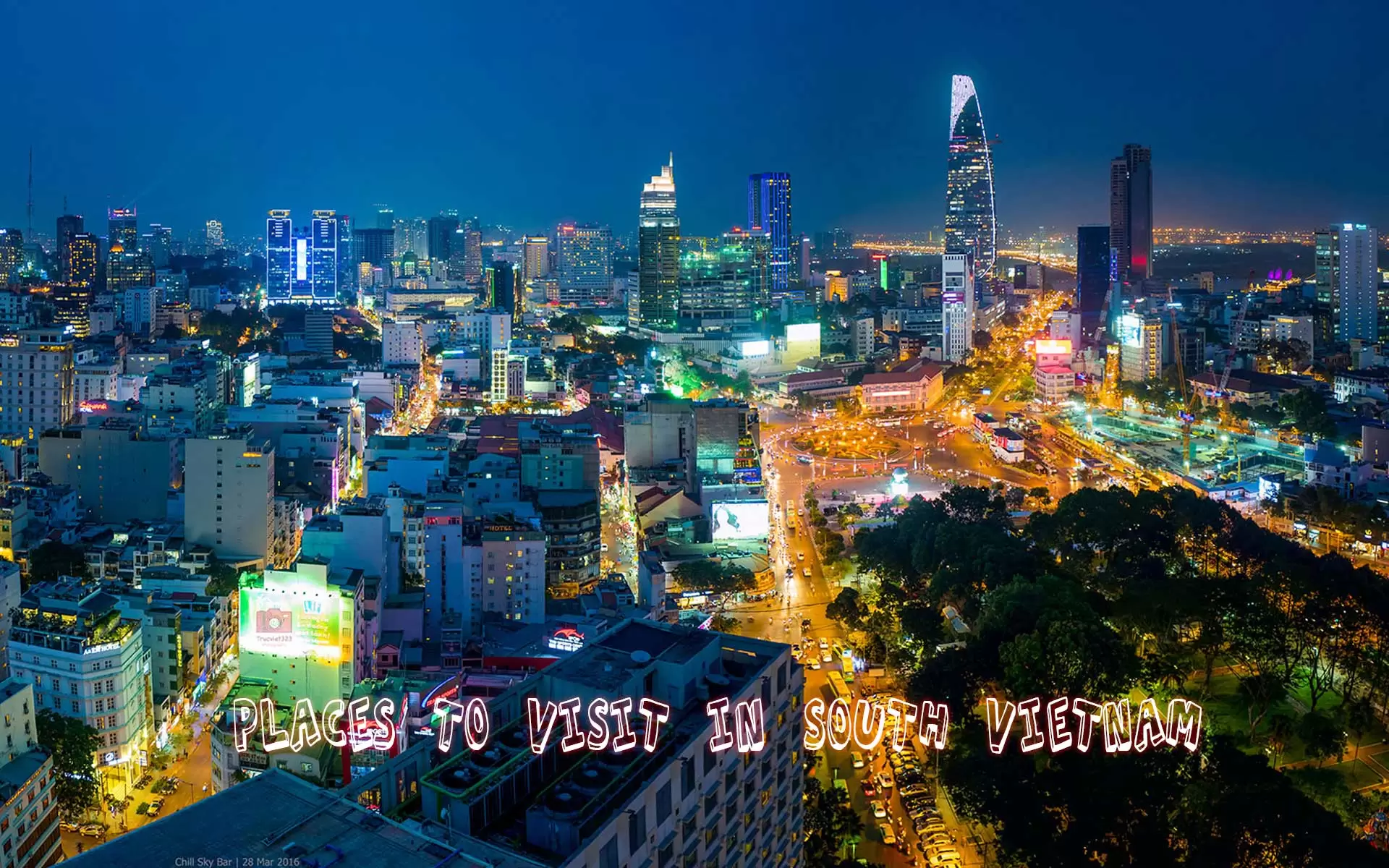
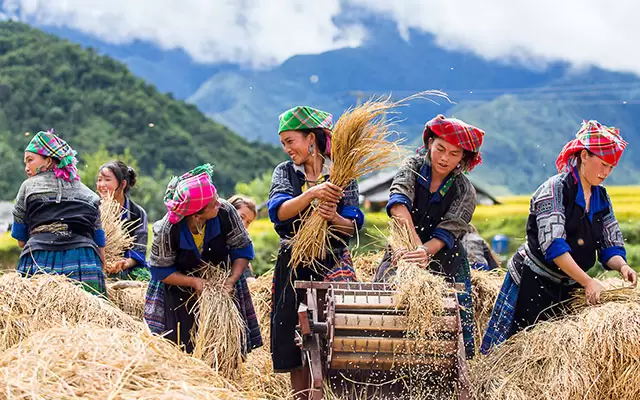
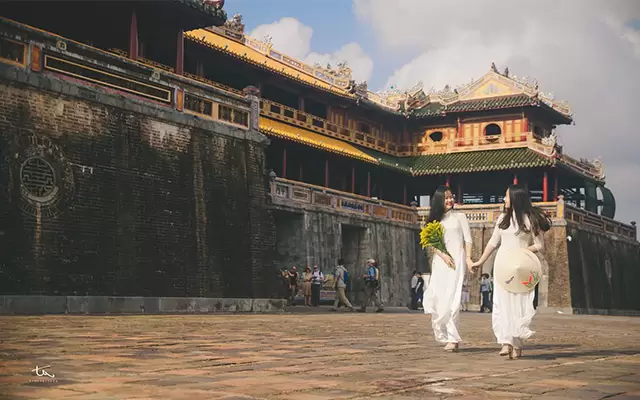
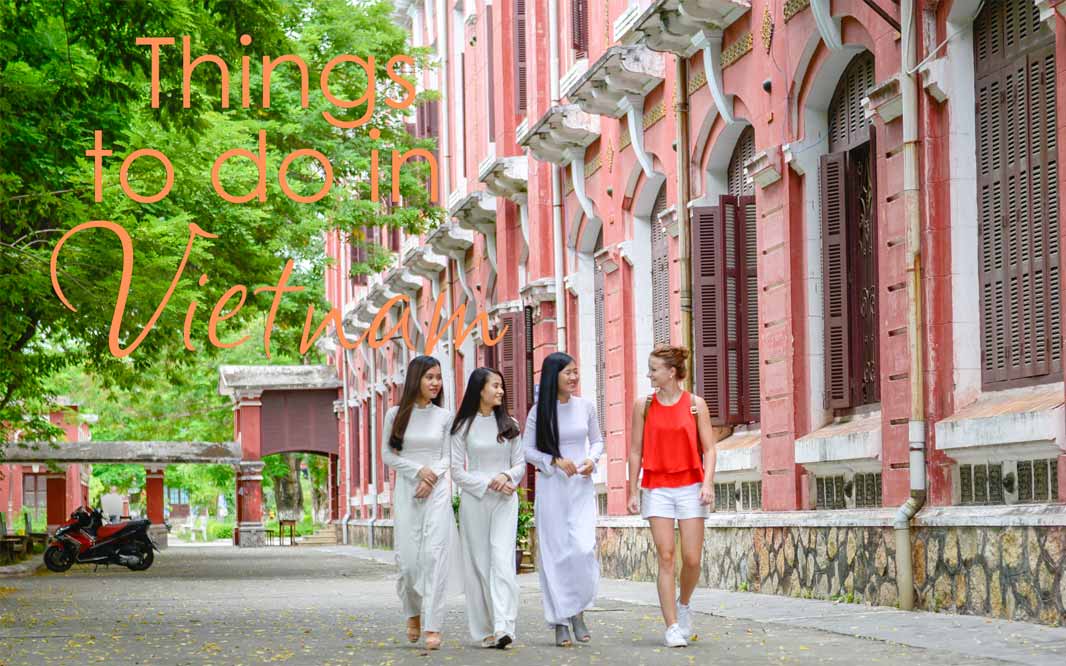

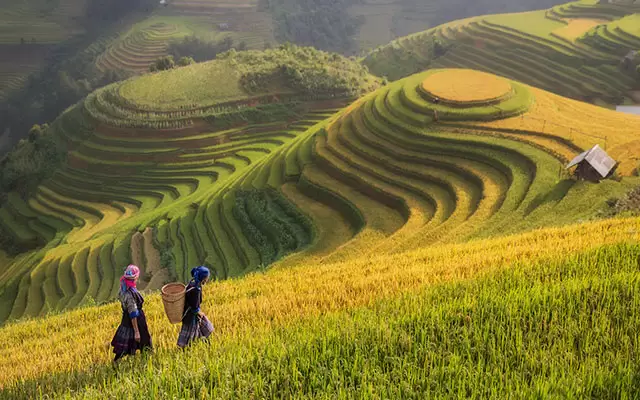




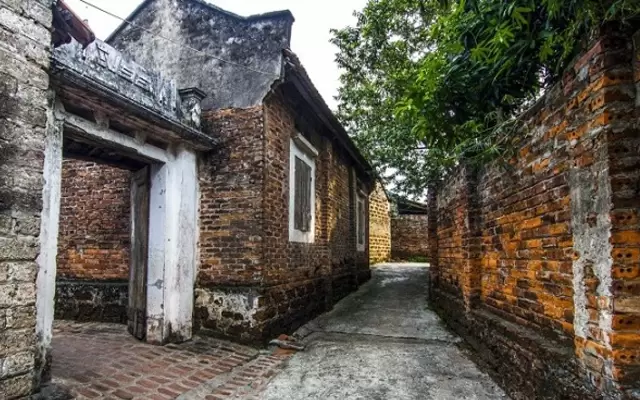
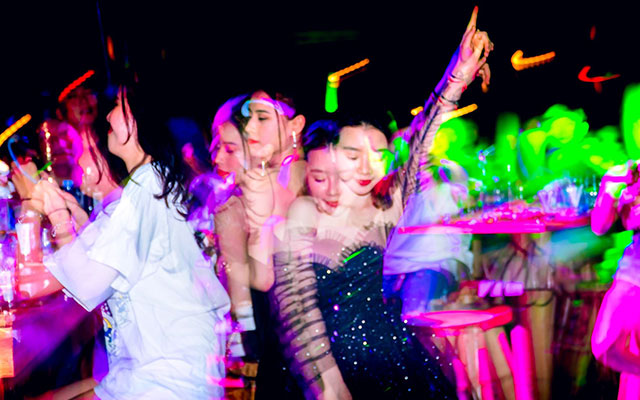
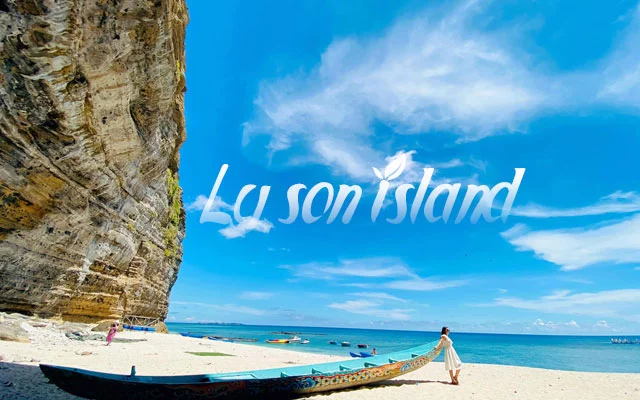
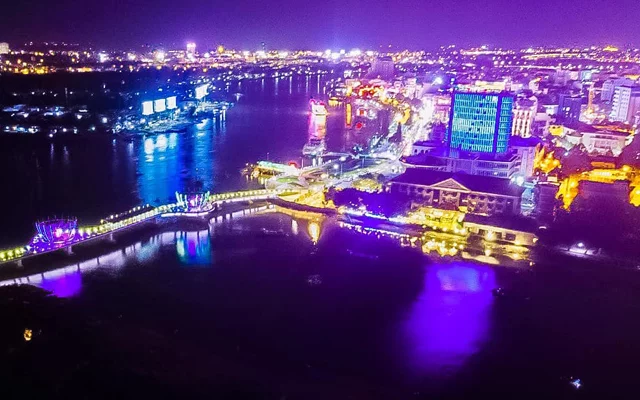
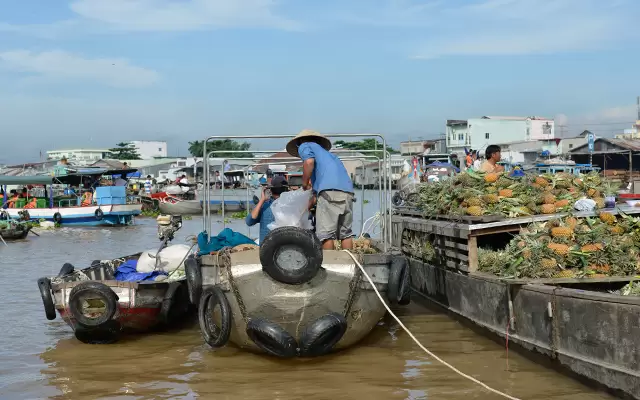
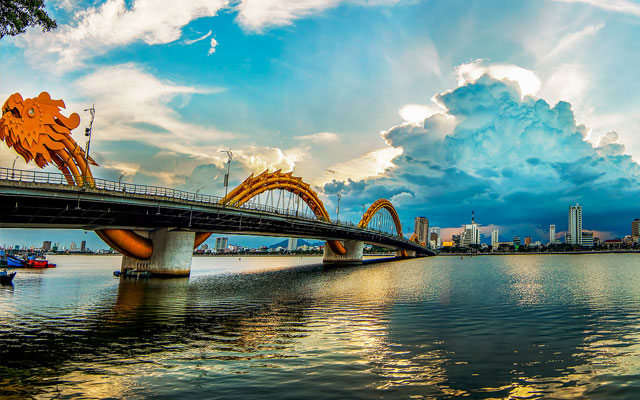

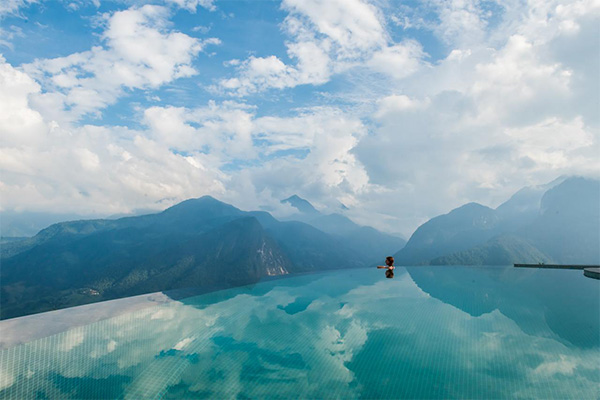
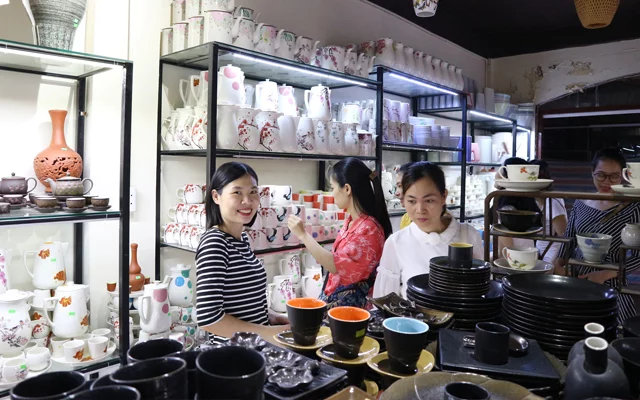
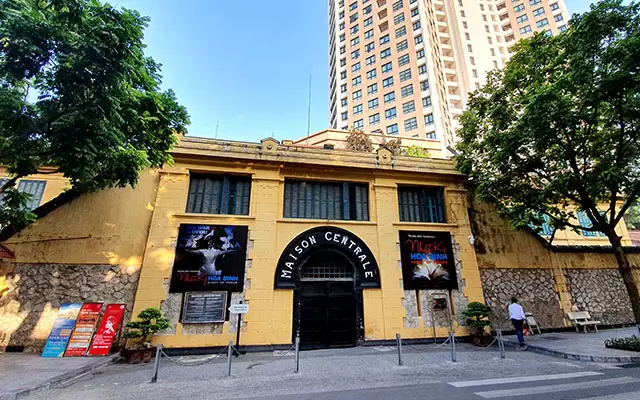
Useful information